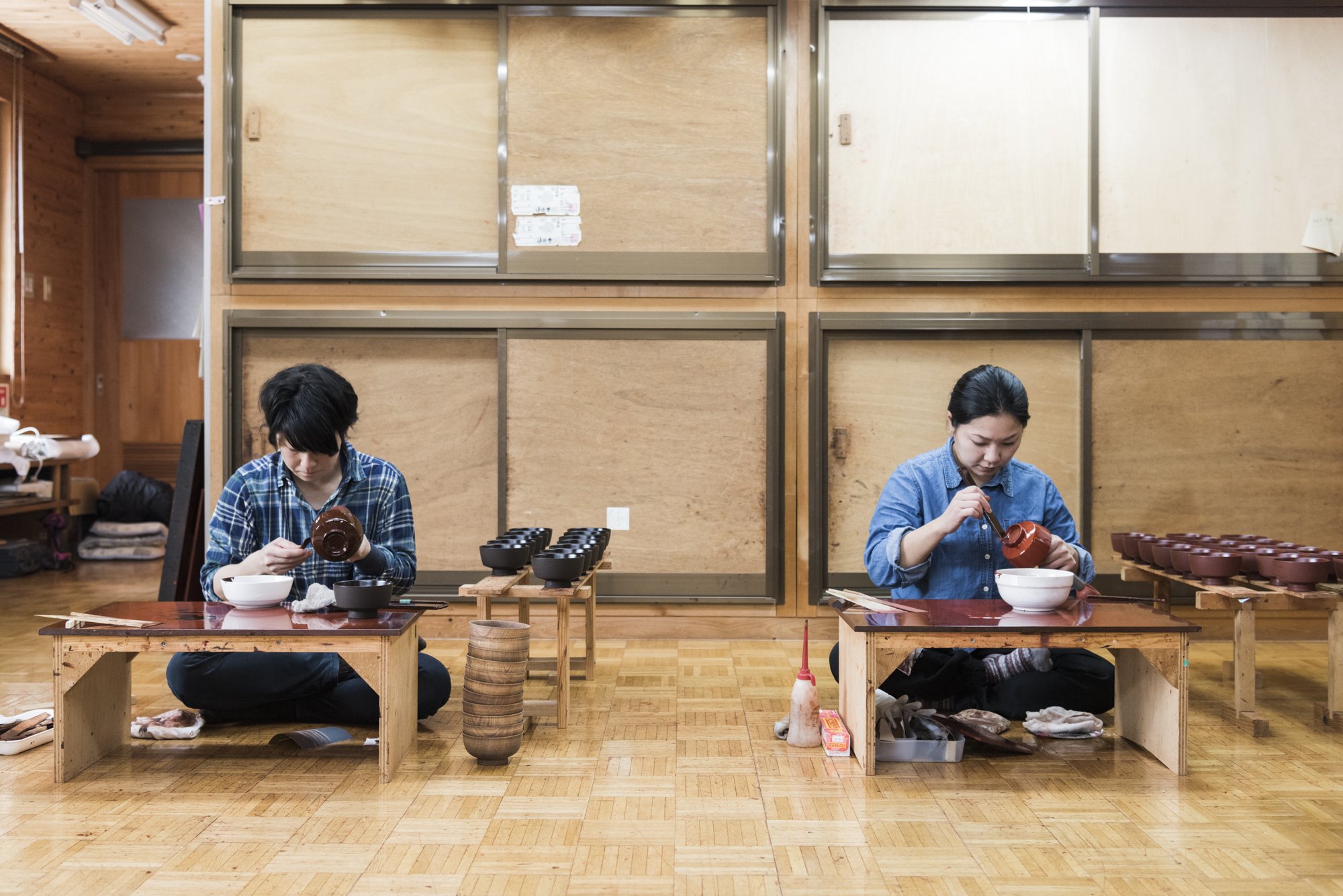Andrea Velasco | NGO Impacto
Co-Creation Takes Center Stage in Chiapas, Mexico
Collaborating with three artisan groups from Chiapas, Mexico, Andrea Velasco and NGO Impacto are exemplars of co-creation and innovation. The process begins with creative workshops where Andrea and women from Flor de Vida, Choy Spolabil, and Yaxhinal Antsetik collectively brainstorm around technique and design, then the weavers bring their designs to life through traditional backstrap looms (in which the weaver herself is a tension point on one end of the loom) and hand embroidery.
Technical weaving ability allows the craftswomen to make complicated designs, known as brocade, with cotton or wool yarn added into the warp and weft of their backstrap looms. Their day-to-day garments are made in this manner, each community with different designs, the more elaborate dresses (huipil) reserved for special occasions. The iconography of their designs represents the “cosmo-vision” of the Maya people, but does not replicate traditional motifs. Instead, the women use their cultural background to create new patterns that serve as an homage to their identity and place. Women from these communities are taught textile arts from childhood–at one time, their births were even welcomed with a ceremony in which weaving tools were placed in their tiny hands.
Andrea Velasco was born in Guadalajara, Mexico. Her love for fashion would lead her to Italy to study at Polimoda in Florence. However, her roots brought her back to Mexico. While volunteering at a textile museum in San Cristobal de Las Casas, Velasco fell in love with the handmade and the enduring resilience of Indigenous design that has resisted global influence. NGO Impacto is a social innovation collective of over 350 Tzotzil artisans aiming to celebrate their culture and expertise through differentiated and innovative product designs. This alliance revolves around an ethical commercial scheme, paying fair living wages for a better quality of life as well as working to avoid misuse of collective heritage as a commodity–otherwise known as cultural appropriation.














